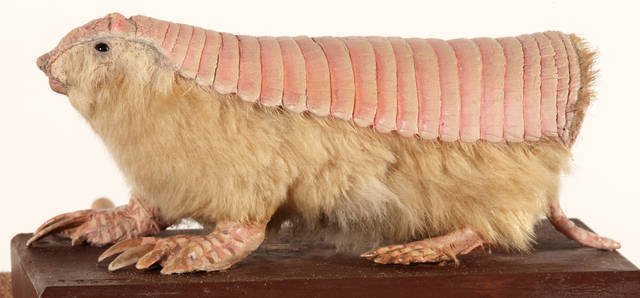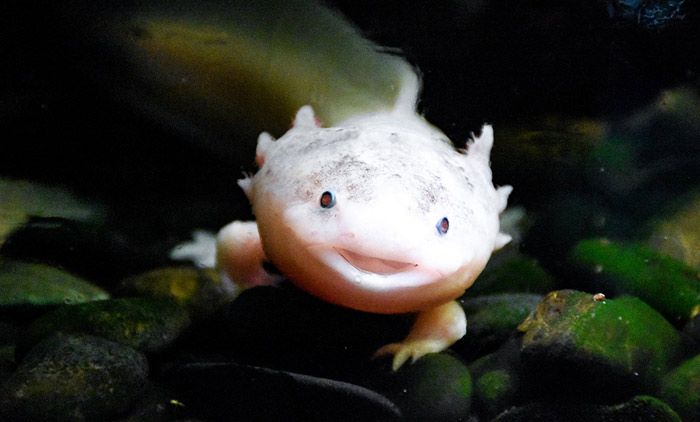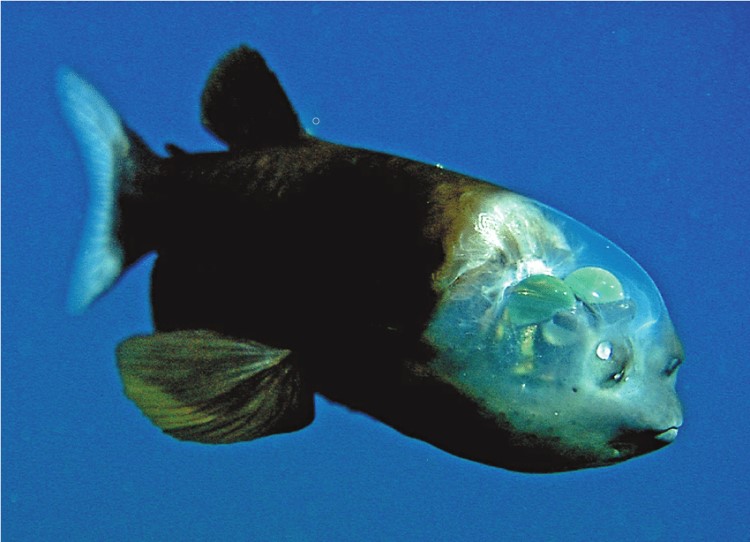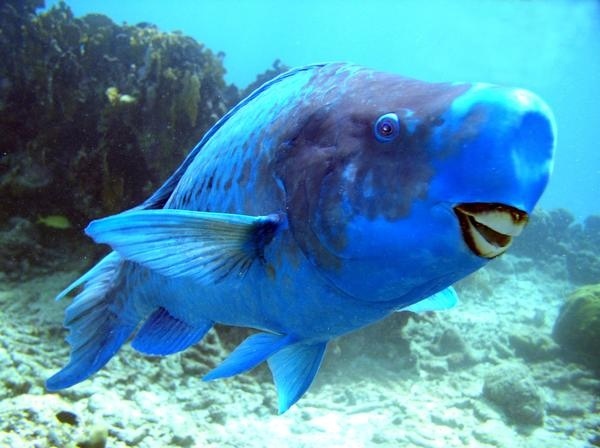Earth is home to more than a million known animal species, from tiny dust mites and tardigrades to enormous elephants and whales. There are also countless others out there still waiting to be discovered, but even among the animals we already know about, the biodiversity is mind-boggling. Here are the strangest animals in the world.
Contents
10 Strangest Animals In The World
1. Sparklemuffin
This Australian peacock spider was discovered inside the woodland forests of Wondul National Park, near Brisbane, in 2015. Scientifically named maratus jactatus, sparklemuffin earned its colloquial name from University of California researcher Madeline Girard, who discovered the species. These colorful spiders measure just five millimeters in length and display a signature mating dance, where male spiders raise a leg to signal females.
2. Harpy Eagle
With a look that suggests a cross between a cockatoo and a bird of prey, the harpy eagle is one of the most distinct birds on the planet. Their wings can span over seven feet in width, carrying these 20-plus pound birds over the rainforests of Central and South America, where they hunt down large mammals like sloths and monkeys. Harpy eagles are threatened by habitat loss, but this bird can be seen at the The Belize Zoo, a sanctuary for native species about an hour outside of Belize City.
3. Coatimundi
A bizarre sight in most of the United States, the coatimundi is a common species in Central and South America that can occasionally be seen in the American Southwest. There, it takes on the roll of the raccoon in the food chain, scavenging for fruits, lizards, rodents and eggs — as well as raiding the occasional trash can. You can find coatimundis from Uruguay to Texas, but be warned — though they might look cute and cuddly, coatimundis reportedly make terrible domestic pets.
4. Jabiru Stork
The glaring, dark stare of a five-foot-tall stork can be a frightening thing for the weary traveler. These mesmerizing birds can exhibit territorial tendencies, as seen in an infamous incident that occurred at the Belize Zoo. That stork’s exhibit now features a roof above the visitor viewing platform after a jabiru stork once tried to stab unsuspecting patrons with its 14-inch-long bill. Jabiru storks are native to Central and South America, where they typically feed on small mammals, fish and amphibians.
5. Pink Fairy Armadillo
This is the smallest type of armadillo in the world – it grows up to 4.5 inches long – and can be found in Central Argentina. When it rains pink fairy armadillos have to leave their underground habitats so they won’t drown, but this increases the risk it will be spotted by a predator.
6. Axolotl
This remarkable amphibian is native to a small series of lakes and canals near Mexico City. Once numbering in the thousands and providing an important food source for the Aztec, the wild population of axolotl is thought to have dwindled to just a few individuals due to habitat loss. Axolotl can grow to lengths of 18 inches, and they are characterized by a unique set of external gills along with the ability to completely regrow lost limbs.
7. Naked Mole Rat
Naked mole rats are a common sight in East Africa, where they burrow into the dry grasslands of Ethiopia, Somalia and Kenya. The naked mole rat has baffled scientists for decades thanks to a series of unusual biological traits. Naked mole rats are unusually long-lived for rodents; some have been documented at 32 years of age. They are also resistant to cancer and are capable of living in an environment with just a tiny amount of oxygen for hours on end. They are a common sight in zoos across America.
8. Macropinna Microstoma
Macropinna microstoma is a species of fish that lives at a depth of about 600 metres (2,000 ft) to 800 metres (2,600 ft), hanging nearly motionless in the water. It is quite unusual with a transparent, fluid-filled dome on its head, through which the lenses of its eyes can be seen.
9. Sunda Colugo
Sunda Colugo or Sunda flying lemur is a species of colugo, native to Indonesia, Thailand, Malaysia, and Singapore. It is not, in fact, a lemur and it does not fly, gliding instead. Sunda Colugo is active at night and feeds on soft plant parts like young leaves, shoots, flowers, and fruits.
10. Blue Parrotfish
This bright blue fish is one of the strangest animals you didn’t know which can be found in shallow water in the tropical and subtropical parts of the western Atlantic Ocean and the Caribbean Sea. They spend 80 percent of their time searching for food and eat small organisms found in the sand and algae that they scrape off rocks.















